Summertime across the Tri-State means barbecues, carnivals, sporting events, boating, hitting the beach and many other recreational activities. In short, summertime means a lot more people are spending time in the great outdoors. But summer is also the peak season for one of the nation's deadliest weather phenomena--lightning. Consider these statistics:
-About 25 million cloud-to-ground lightning strikes occur in the United States each year.
-Over the last 30 years, the U.S. averages 47 lightning fatalities per year
-In 2016, there were 38 fatalities due to lightning in the United States.
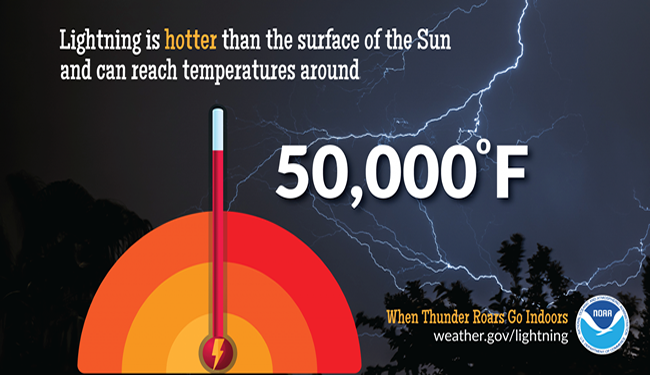
|
WHERE TO GO: The safest location during a thunderstorm is inside a large enclosed structure with plumbing and electrical wiring. These include shopping centers, schools, office buildings, and private residences. If lightning strikes the building, the plumbing and wiring will conduct the electricity and eventually direct it into the ground. If no substantial buildings are available, then an enclosed metal vehicle such as an automobile, van, or school bus would be a suitable alternative. |
WHERE NOT TO GO: Not all types of buildings or vehicles are safe during thunderstorms. Buildings with exposed sides are NOT safe (even if they are "grounded"). These include beach shacks, metal sheds, picnic shelters/pavilions, carports, and baseball dugouts. Porches are dangerous as well. Convertible vehicles offer no safety from lightning, even if the top is up. Other vehicles which are NOT safe during thunderstorms are those with open cabs, such as golf carts, tractors, and construction equipment. |
Myth: If you're caught outside during a thunderstorm, you should crouch down to reduce your risk of being struck.
Fact: Crouching doesn't make you any safer outdoors. Run to a substantial building or hard topped vehicle. If you are too far to run to one of these options, you have no good alternative. You are NOT safe anywhere outdoors.
Myth: Lightning never strikes the same place twice.
Fact: Lightning often strikes the same place repeatedly, especially if it's a tall, pointy, isolated object. The Empire State Building is hit an average of 23 times a year
Myth: If it’s not raining or there aren’t clouds overhead, you’re safe from lightning.
Fact: Lightning often strikes more than three miles from the center of the thunderstorm, far outside the rain or thunderstorm cloud. “Bolts from the blue” can strike 10-15 miles from the thunderstorm.
Myth: Rubber tires on a car protect you from lightning by insulating you from the ground.
Fact: Most cars are safe from lightning, but it is the metal roof and metal sides that protect you, NOT the rubber tires. Remember, convertibles, motorcycles, bicycles, open-shelled outdoor recreational vehicles and cars with fiberglass shells offer no protection from lightning. When lightning strikes a vehicle, it goes through the metal frame into the ground. Don't lean on doors during a thunderstorm.
Myth: A lightning victim is electrified. If you touch them, you’ll be electrocuted.
Fact: The human body does not store electricity. It is perfectly safe to touch a lightning victim to give them first aid. This is the most chilling of lightning Myths. Imagine if someone died because people were afraid to give CPR!
Myth: If outside in a thunderstorm, you should seek shelter under a tree to stay dry.
Fact: Being underneath a tree is the second leading cause of lightning casualties. Better to get wet than fried!
Myth: If you are in a house, you are 100% safe from lightning.
Fact: A house is a safe place to be during a thunderstorm as long as you avoid anything that conducts electricity. This means staying off corded phones, electrical appliances, wires, TV cables, computers, plumbing, metal doors and windows. Windows are hazardous for two reasons: wind generated during a thunderstorm can blow objects into the window, breaking it and causing glass to shatter and second, in older homes, in rare instances, lightning can come in cracks in the sides of windows.
Myth: If thunderstorms threaten while you are outside playing a game, it is okay to finish it before seeking shelter.
Fact: Many lightning casualties occur because people do not seek shelter soon enough. No game is worth death or life-long injuries. Seek proper shelter immediately if you hear thunder. Adults are responsible for the safety of children.
Myth: Structures with metal, or metal on the body (jewelry, cell phones,Mp3 players, watches, etc), attract lightning.
Fact: Height, pointy shape, and isolation are the dominant factors controlling where a lightning bolt will strike. The presence of metal makes absolutely no difference on where lightning strikes. Mountains are made of stone but get struck by lightning many times a year. When lightning threatens, take proper protective action immediately by seeking a safe shelter – don’t waste time removing metal. While metal does not attract lightning, it does conduct it so stay away from metal fences, railing, bleachers, etc.
Myth: If trapped outside and lightning is about to strike, I should lie flat on the ground.
Fact: Lying flat increases your chance of being affected by potentially deadly ground current. If you are caught outside in a thunderstorm, you keep moving toward a safe shelter.
Myth: lightning flashes are 3-4 km apart
Fact: Old data said successive flashes were on the order of 3-4 km apart. New data shows half the flashes are about 9 km apart. The National Severe Storms Laboratory report concludes: "It appears the safety rules need to be modified to increase the distance from a previous flash which can be considered to be relatively safe, to at least 10 to 13 km (6 to 8 miles). In the past, 3 to 5 km (2-3 miles) was as used in lightning safety education." Source: Separation Between Successive Lightning Flashes in Different Storms Systems: 1998, Lopez and Holle, from Proceedings 1998 Intl Lightning Detection Conference, Tucson AZ, November 1998.
Myth: A High Percentage of Lightning Flashes Are Forked.
Fact: Many cloud-to-ground lightning flashes have forked or multiple attachment points to earth. Tests carried out in the US and Japan verify this finding in at least half of negative flashes and more than 70% of positive flashes. Many lightning detectors cannot acquire accurate information about these multiple ground lightning attachments. Source: Termination of Multiple Stroke Flashes Observed by Electro- Magnetic Field: 1998, Ishii, et al. Proceedings 1998 Int'l Lightning Protection Conference, Birmingham UK, Sept. 1998.
Myth: Lightning Can Spread out Some 60 Feet After Striking Earth.
Fact: Radial horizontal arcing has been measured at least 20 m. from the point where lightning hits ground. Depending on soils characteristics, safe conditions for people and equipment near lightning termination points (ground rods) may need to be re-evaluated. Source: 1993 Triggered Lightning Test Program: Environments Within 20 meters of the Lightning Channel and Small Are Temporary Protection Concepts: 1993, SAND94-0311, Sandia Natl Lab, Albuquerque NM.
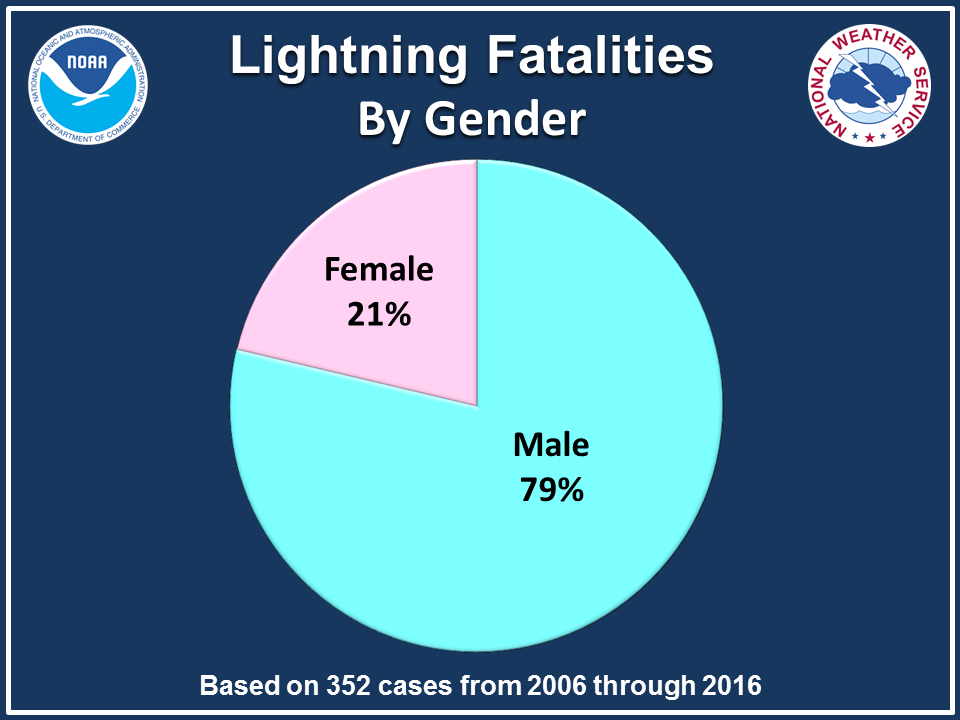 |
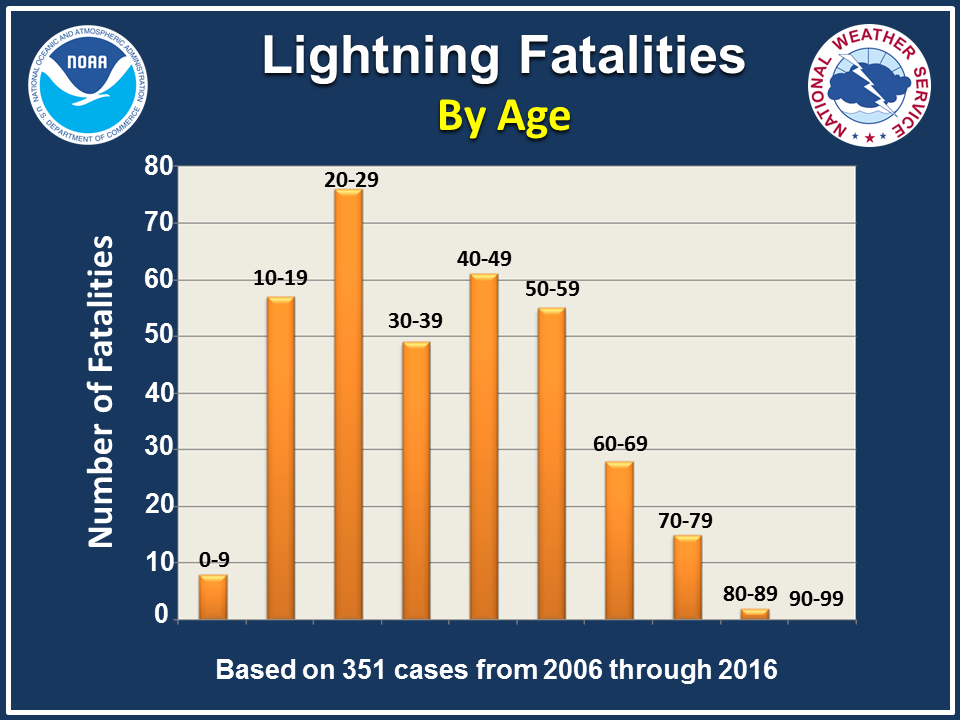 |
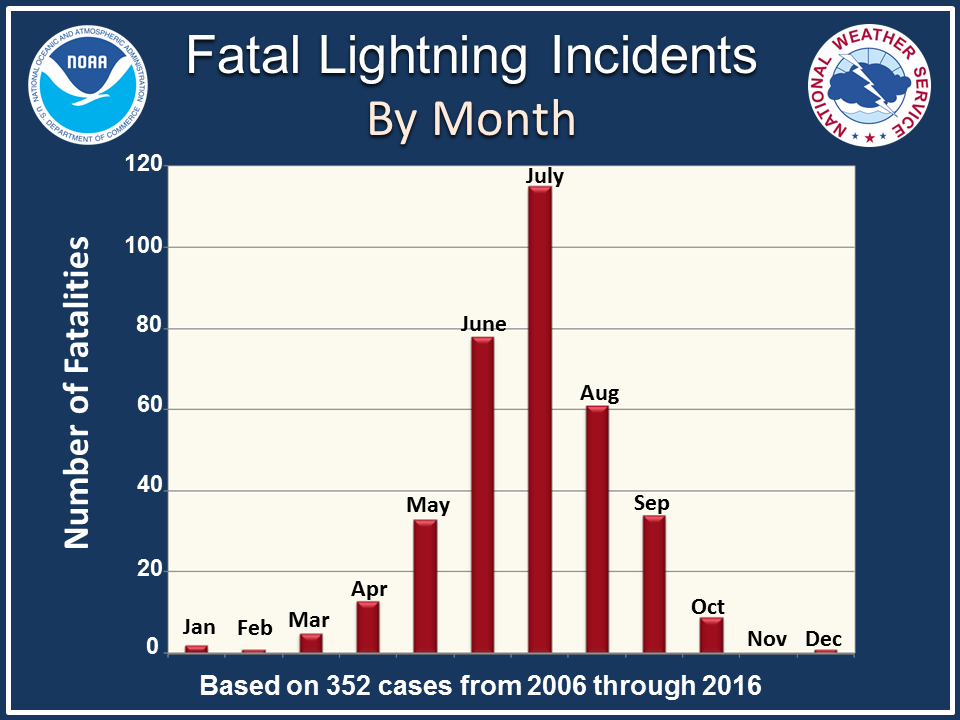 |
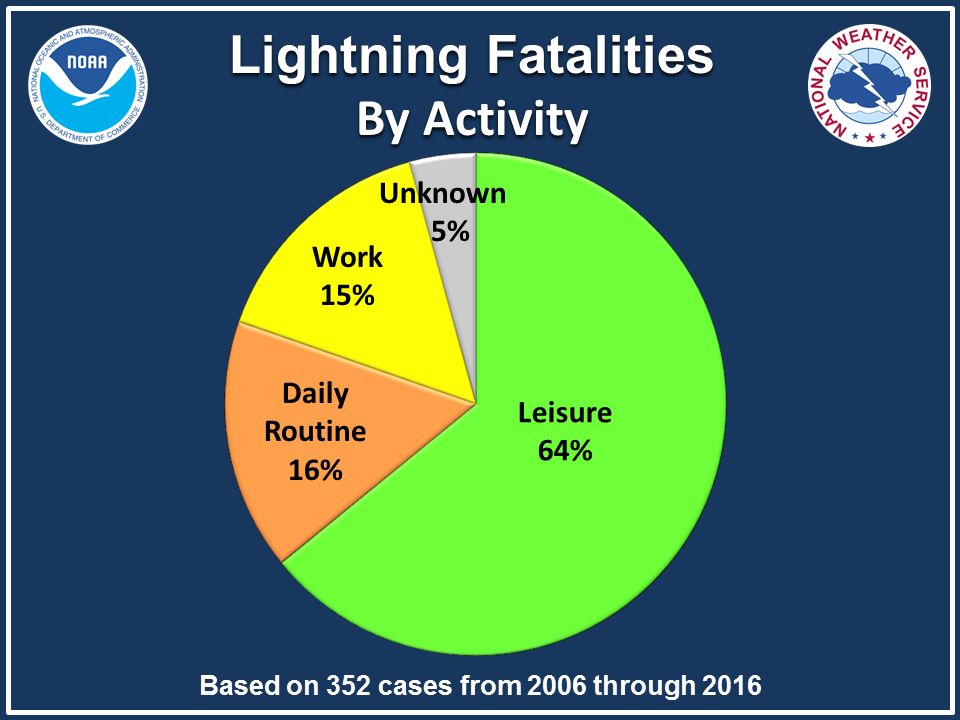 |
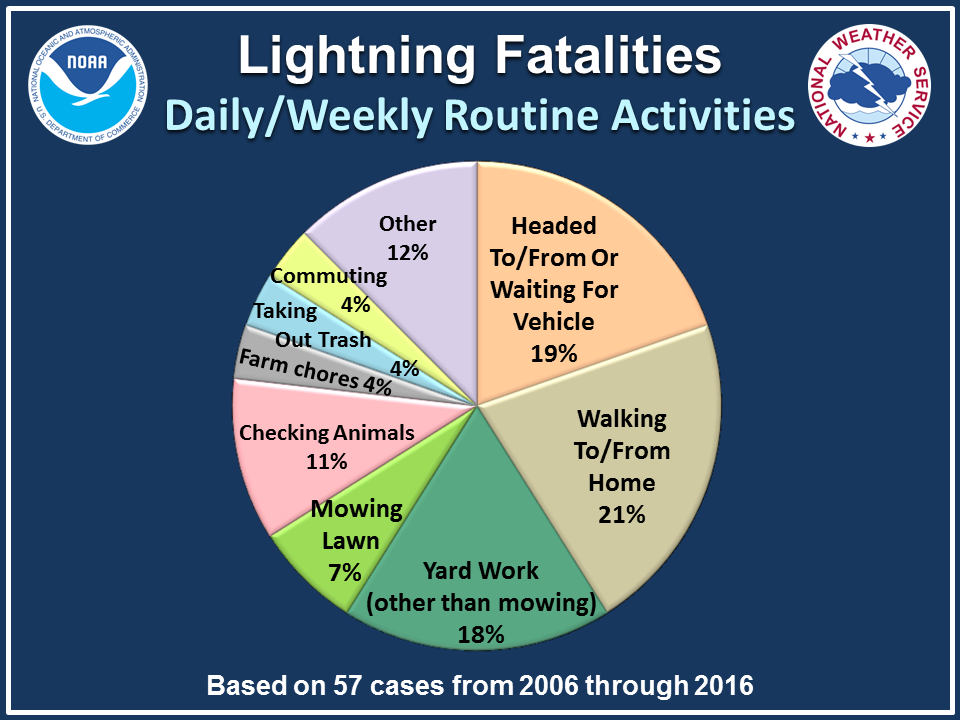 |
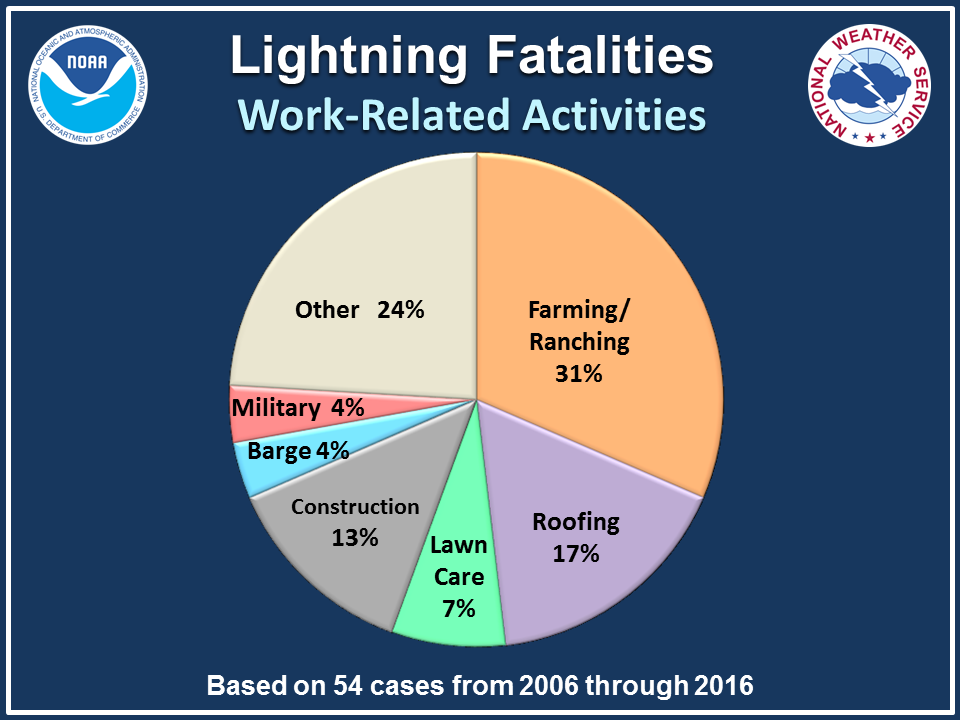 |
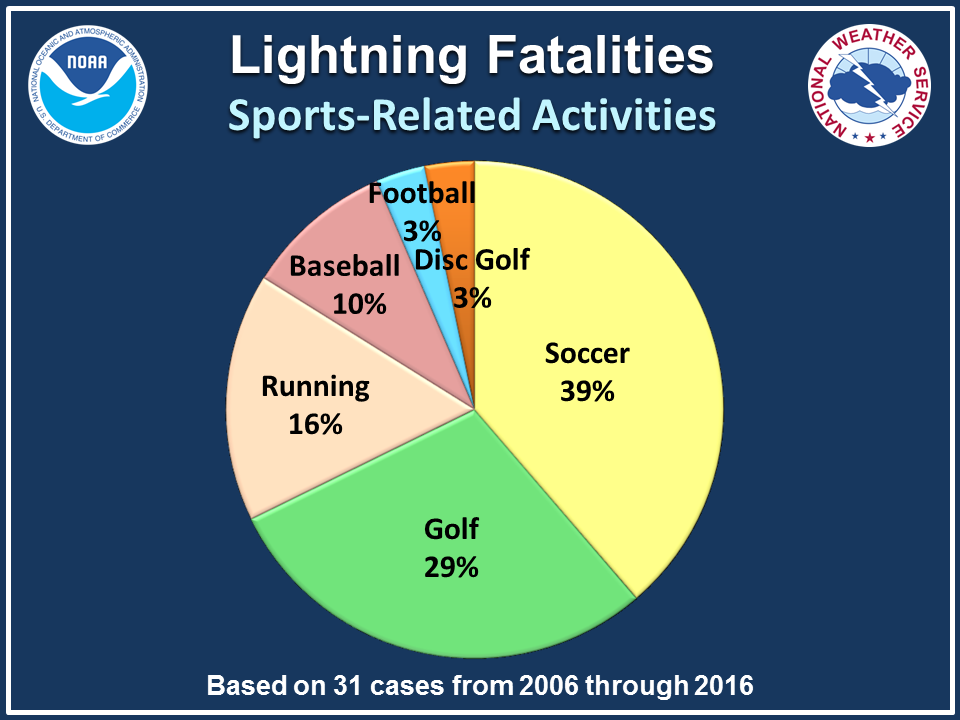 |
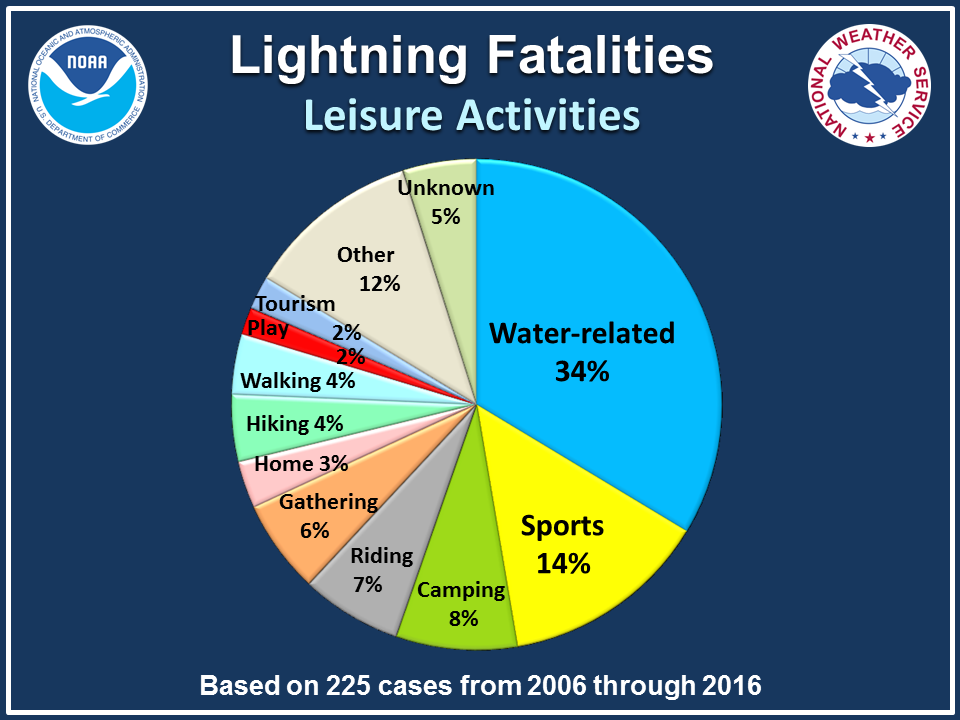 |
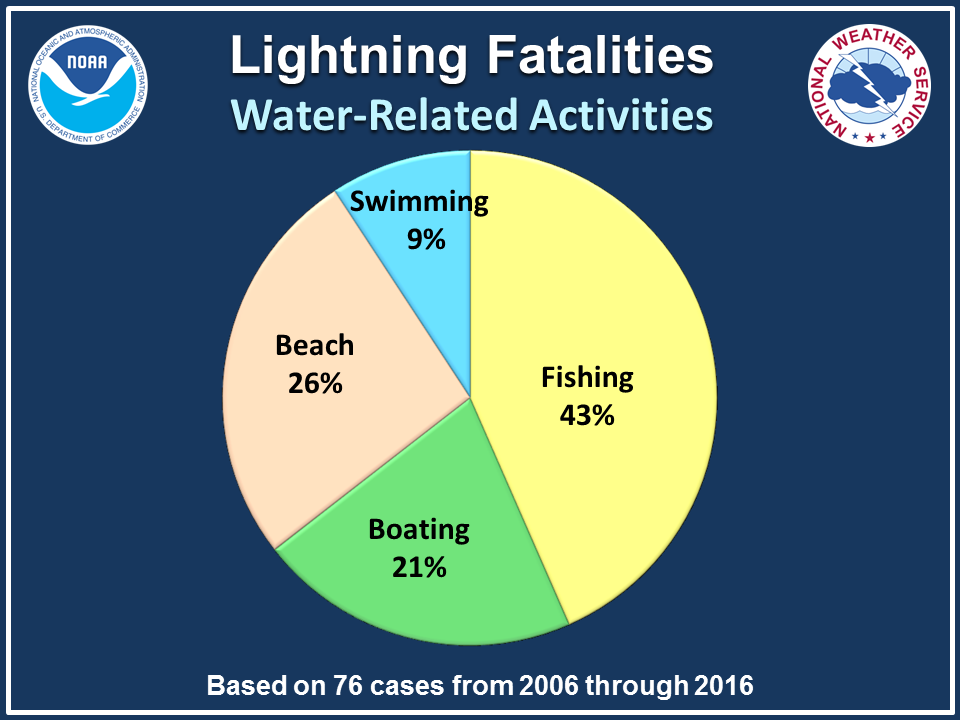 |
|